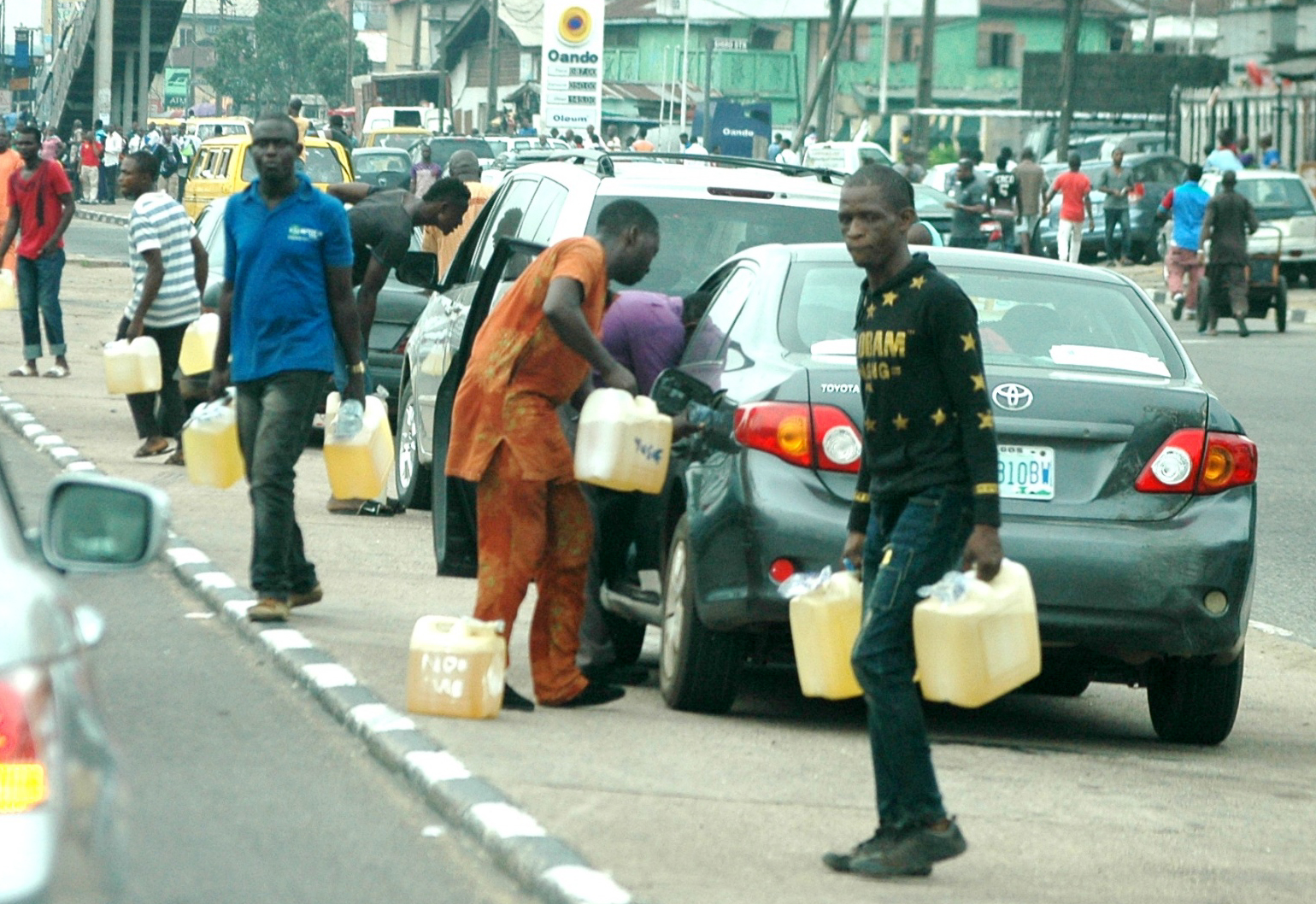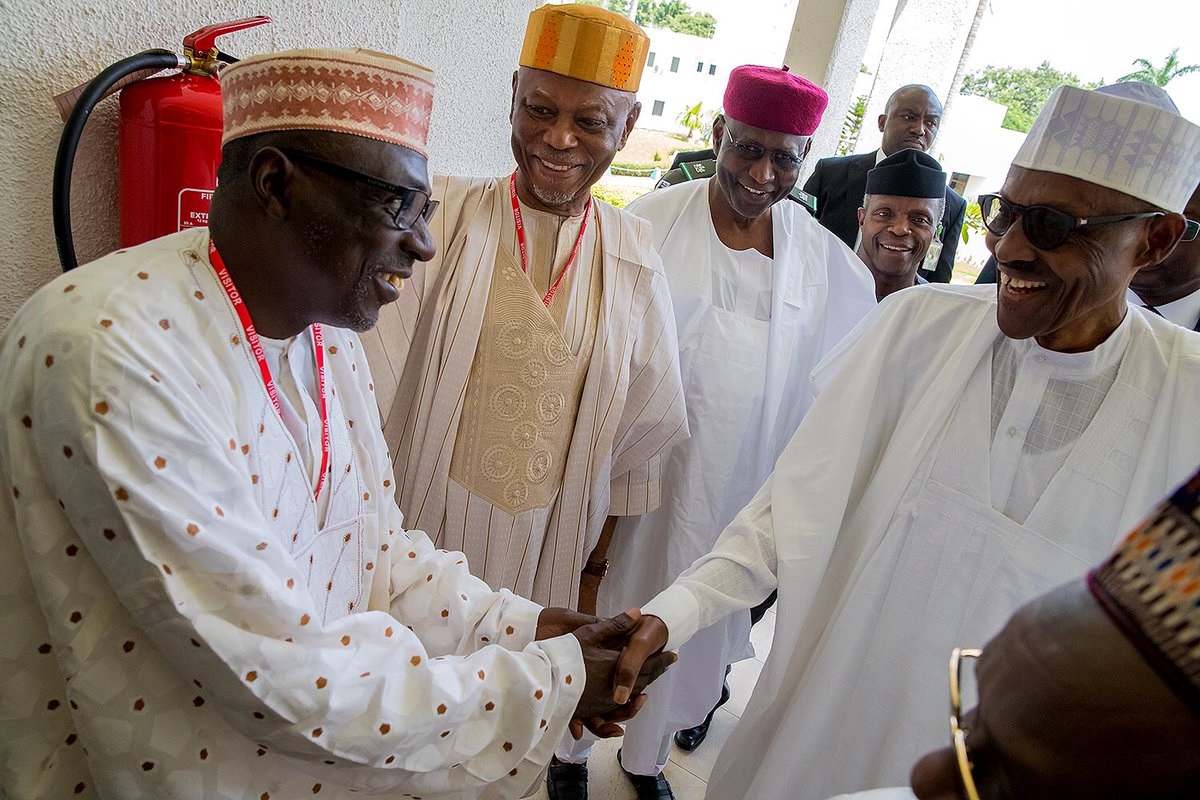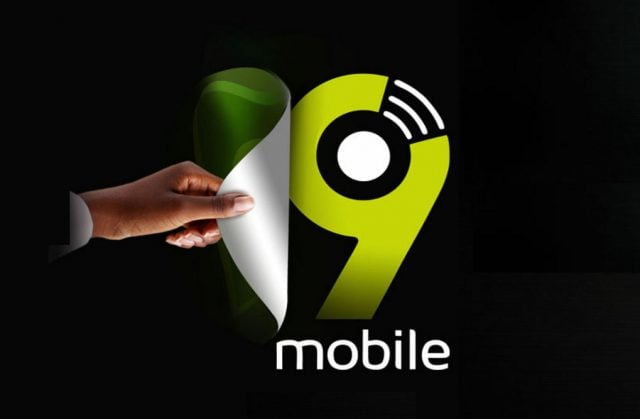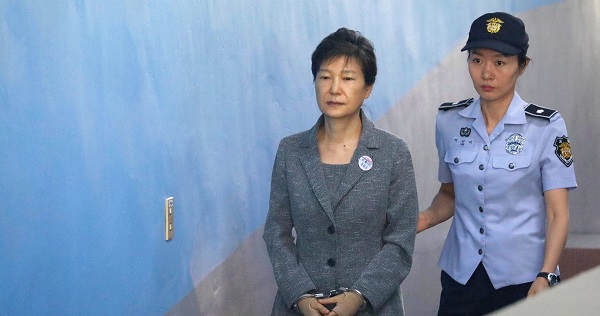BY CHIBUIKEM AGBAEGBU AND MARK AMAZA
The history of fuel subsidies in Nigeria dates back to 1985. A policy of setting the retail price for petroleum products – gasoline, kerosene and diesel – and subsidizing the importation of these products continued pending the repair of the three petroleum refineries in the country and return to local production.
However, despite these repairs costing the country over $1.031billion in the past 25 years, these refineries remain moribund operating at only 6.1% consolidated capacity utilization as at September 2017.
The efficiency of subsidies regimes in Nigeria have been the subject of heated debate in recent years and attempts at removing them have been fiercely resisted. The most notably opposition to subsidy removal in Nigeria occurred in 2012 with the Occupy Nigeria protests which made global headlines. However the focus of subsidy removal efforts has largely been on gasoline which is the most consumed petroleum product in the country, with the government having successfully removed the subsidy on diesel. The more obscure subsidy regime around kerosene has so far attracted little attention or outcry.
Kerosene subsidy in Nigeria was intended to reach the 66% of households in Nigeria who are estimated to use kerosene predominantly for lighting and cooking. According to the Nigerian Bureau of Statistics, the proportional use of kerosene by Nigerian households was 22.8% for cooking and 57.8% for lighting, mostly by the rural and peri-urban poor.
The government policy on subsidy for kerosene is still unclear: As part of Power For All’s data collection for a “Transition to Efficient Lighting” project, – a project that aims to transition users from kerosene for lighting to decentralized renewables options such as pico-solar lighting and solar lanterns – we found that while the kerosene subsidy has been officially removed in 2009, successive governments have continued implementing subsidies in various ways. Policy and regulatory uncertainties, as well as deliberate mismanagement of the removal process have enabled the subsidy payments to continue up to at least 2015; which is when the last publicly available data on kerosene subsidy. However it appears that the Nigerian National Petroleum Corporation, (NNPC), continues to pay subsidies for kerosene in some form for what it terms ‘locally refined kerosene’. However, there is difficulty in deciphering what percentage these locally subsidized kerosene amounts to when compared to the total amount of kerosene consumed nationally.
Advertisement
It is nonetheless important to assess how effective kerosene subsidies have been in achieving the primary objective of helping low-income households. Despite the fact that the Nigerian government spent as much as $1 billion on kerosene subsidies in 2015 alone, the product is essentially not available or sold at the official price. This subsidy expenditure, along with that on other petroleum products, makes Nigeria one of the top 25 countries worldwide subsidizing fuel consumption.
Yet in the case of kerosene, the subsidized product barely gets to the intended beneficiaries – who are mainly low-income households. Instead, the subsidy has encouraged black markets and smuggling. The major beneficiaries are the importing companies and local wholesalers, some of whom smuggle the subsidized fuel to neighboring countries to sell at a higher price. For instance, ESMAP reported in 2009 that 20-30% of petroleum consumption in Niger is smuggled from Nigeria. Research has also shown that highly subsidized kerosene in Nigeria is also diverted to the aviation sector, where it can be sold for a much higher price resulting in large arbitrage profits for intermediaries and a more scarce and expensive commodity for household usage. This means that whatever subsidies existing do not work; and that kerosene is still an expensive and scarce product that does not reach its intended beneficiaries.
In fact, the poorest quintile of Nigerian households is only estimated to receive 13% of total kerosene subsidy.
Advertisement
The poorest Nigerian household spends 8.7% of household income on kerosene while a relatively well-to-do household spends only 2.9%. This is because rural households generally spend more on kerosene for lighting and cooking needs while urban households are able to afford and access other sources of energy for cooking and lighting, such as cooking gas and electricity from the grid or personal generator. As a matter of fact, kerosene subsidies have been found to be regressive as it is more unevenly distributed in the population and inversely disproportionate to the income bracket of those who utilize it the most. Yet many rural households across the country due to grid unavailability are unable to do without this product.
There is ample research to show that clean and modern energy solutions such as solar lighting products are cheaper than kerosene, and they provide better illumination, are healthier, safer and environmentally friendly. All across the country, rural households are switching from using kerosene for lighting and cooking to solar lighting products and clean cook-stoves, while making significant savings over the lifetime of these products which are re-directed to other important needs of these households.
It is time for the Federal and state governments to rethink their policies for enabling rural communities and poor households access energy: there needs to be a shift from subsidizing kerosene with its high cost, unavailability, inefficiencies in supply, opaqueness of the subsidy regime itself and significant health and safety issues to end user of the product to driving clean energy solutions such as decentralized renewables lighting solutions through supporting policies, awareness creation, and the provision of financial instruments.
*Agbaegbu is the Nigeria Lead – Market Access, Power For All.
Advertisement
*Amaza is the Nigeria Lead – Strategic Communications, Power For All.
Views expressed by contributors are strictly personal and not of TheCable.






